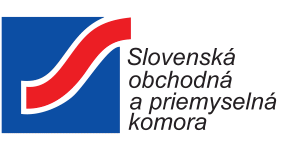Summary:
A German research institute has developed a measurement device for the calibration of smallest flow rates (<0.1 ml/min). A piston system for volumetric flow determination is set up, where a liquid with low vapor pressure can be introduced above the seal of the vertically moving piston. This new method for the calibration of gas flow meters reduces the uncertainty of the calibration. The research institute is searching for licensees.
Description:
A German research institute active in metrology has developed a measurement system for the determination of very small flow rates for the calibration of gas flow meters. For the calibration of smallest flow rates (<0.1 ml/min), a piston system for volumetric flow determination is set up, where a liquid with low vapor pressure can be introduced above the seal of the vertically moving piston.
The uncertainties usually arising from thermal input during this measuring process are minimized. An optical channel (yellow in the picture) enables the detection of leaks in the system by detecting the liquid level in two inspection windows. This new method for the calibration of gas flow meters reduces the uncertainty of the calibration.
The method uses a vertically mounted piston system to measure an unknown or generate a given flow. A liquid is fed into the annular gap between piston and housing via an inlet. This enables the automatic monitoring of the liquid for bubbles and an automatic output of a warning message via optical inspection in case of bubble detection. The thermal influences are minimized by the generation of smallest volume flows and leaks are detected by an optical measuring device. Thus, a lower measurement uncertainty is possible, especially when generating or measuring small flow rates, for example less than 1 ml per minute.
The economic aspect of the new sealing concept is the reduction of thermal influences on the calibration results. In addition, it is conceivable to use it for measuring the parasitic gas volumes that can penetrate piston seals. The described method can be used in calibration laboratories, high-precision measurements in laboratory technology as well as by manufacturers of flow measurement devices.
The research institute is searching for international licensees to increase third- party funding.
Type (e.g. company, R&D institution…), field of industry and Role of Partner Sought:
The research institute is searching for international licensees to increase third-party funding. Targeted industrial partners are calibration laboratories, manufacturers of high-precision measurement equipment for laboratory applications as well as manufacturers of flow measurement devices interested in the commercial exploitation of the technology.
Stage of Development:
Available for demonstration
IPR Status:
Patent(s) applied for but not yet granted
Comments Regarding IPR Status:
Patent applied in Germany
External code:
TODE20201016005








